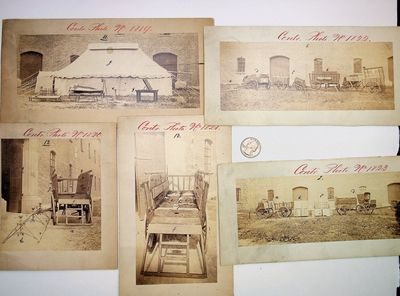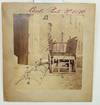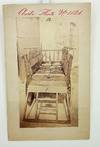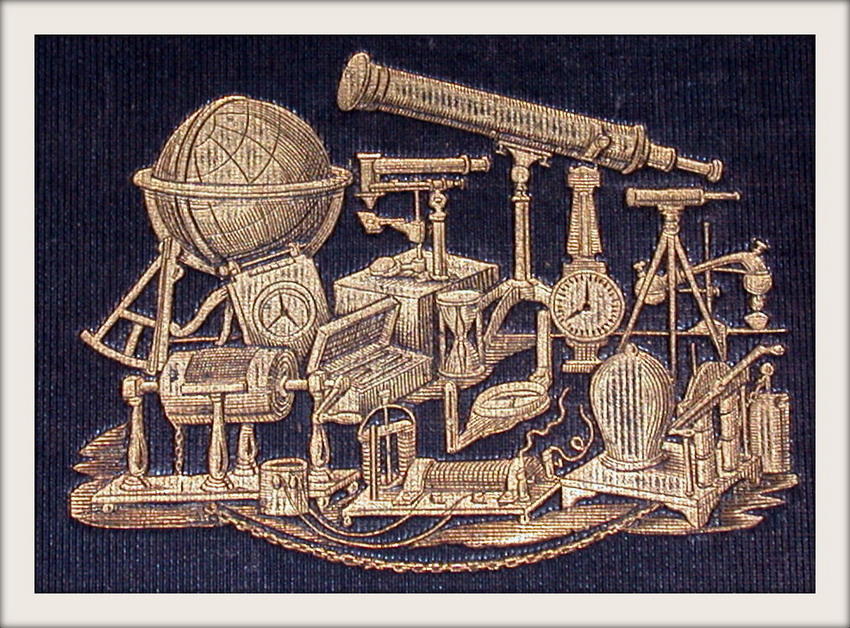3rd Qtr 19th century · [no place of publication stated]
by [author not stated]
[no place of publication stated]: [no publisher stated], 3rd Qtr 19th century. Good. A set of five albumen image. Image sizes vary from 5 x 10 inches to 6 7/8 x 7 inches, etc. These images appear to be documentary in nature, and taken in an intentional series. Inked in black on each verso is "Cont(?) by Dr Nicholaysen" or "by Dr. Nicholaysen" Inked in red on each recto is "Contr. Photo No. 1819" through "Contr Photo 1823." Additionally portions of each of the objects in the images are marked with numbers and/or letters. These images came to us as part of a very large, now dispersed archive with an overall medical theme. Already fragmentary when we purchased (truncated)









![Concavity of Transmission Rate as a Function of Input Probabilities - Case 20878: Technical Memoranda MM-54-114-28 ... [reproduced typescript]](https://d3525k1ryd2155.cloudfront.net/h/690/648/1693648690.0.m.jpg)
